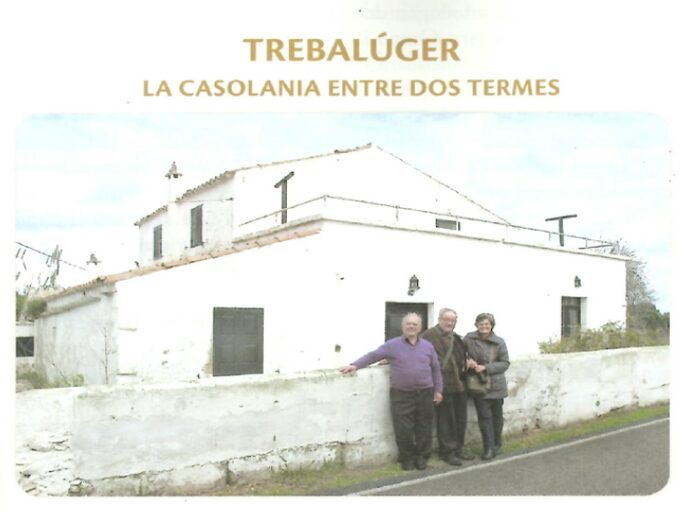The Trebalúger site in Es Castell -not to be confused with Trebalúger in Es Migjorn Gran- has been inhabited since prehistoric times, as evidenced by the numerous megalithic remains and, most prominently, the three talayots that form a triangle in its space: Trebalúger, Torraixa and Binissaïda.
A key element for the constitution of the nucleus of Trebalúger would be Es Pou Gran, a lathe well. Around it there were three caves and -something more unusual- up to three winch cages to extract water with a donkey or a mule, as well as water troughs and small orchards for planting seedlings. The well was used by nearby wells and houses, and, in addition, there was a whole network of roads at different distances -some can still be identified- that extended radially and served to take livestock to quench their thirst. They even came from quite distant places, such as Es Barranc, near Sant Lluís. Today, having lost its original function, Es Pou Gran is covered with iron sheets inside a private estate, but that network of paths could have been the origin, in historical times, of the rural nucleus of Trebalúger.
In the second half of the 19th century, according to a census of 1873, there were 37 families living in Trebalúger, 19 in Torraixa and 7 in Binissaïda, for a total of 67 households. The same source indicates that in all the term of Es Castell inhabited a population of 1.962 people distributed in 512 family nuclei. Through a simple mathematical operation, the 67 families of the three mentioned rural nuclei could gather an approximate population of 250 inhabitants, which, being the countryside, could even be greater.
You can read more about the history of Trebalúger here.

